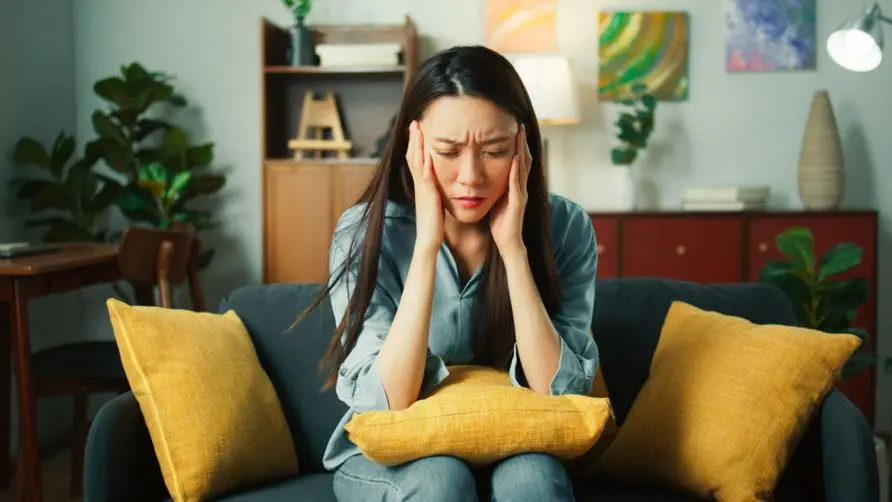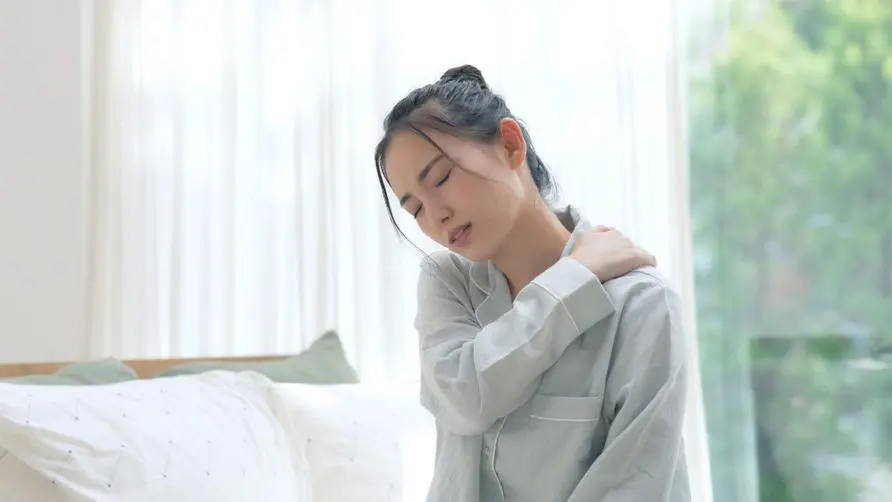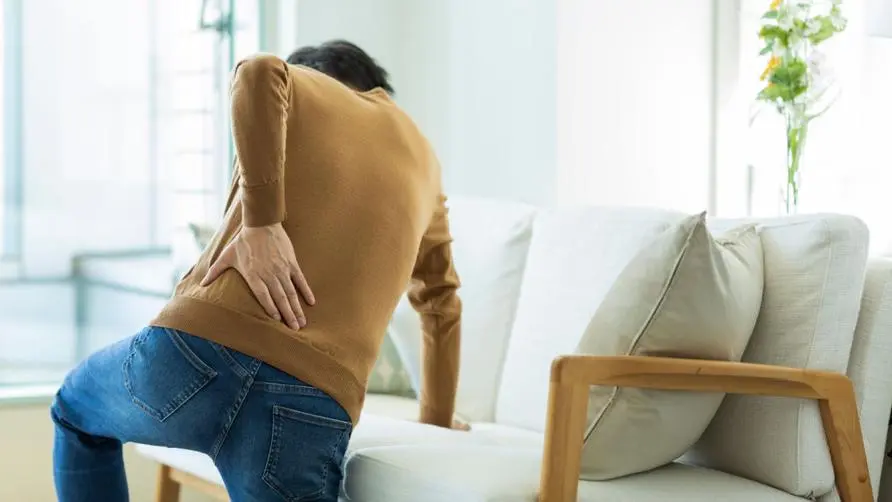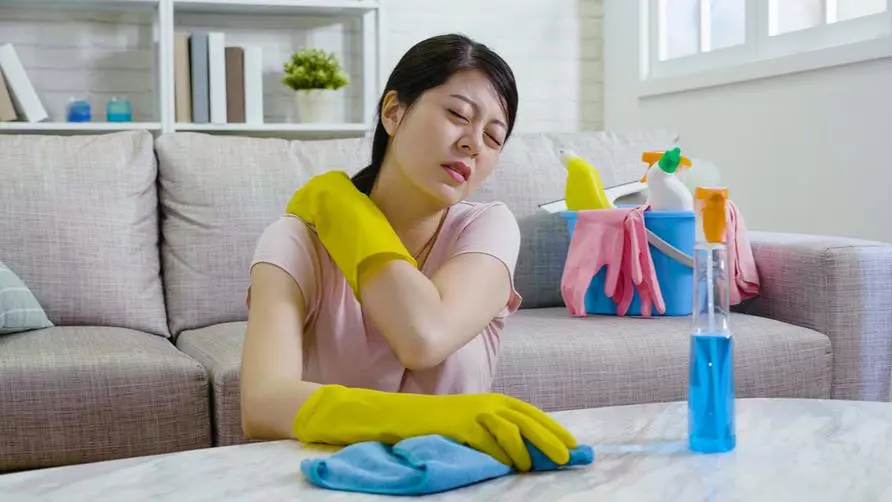Is heel pain not just related to Achilles tendonitis? Experts explain the differences and treatment methods of "3 types of heel pain"
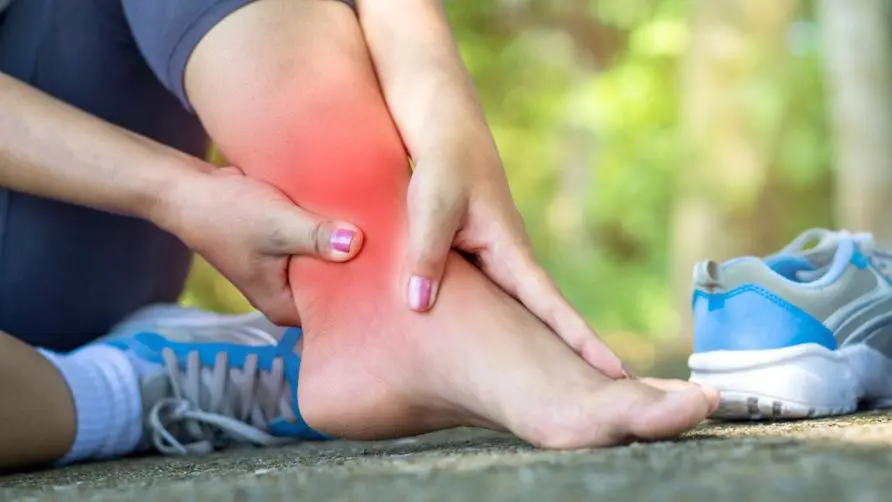
In our daily lives, whether walking, running, or simply standing, we often unconsciously rely on a powerful structure, which is the “Achilles tendon” of the human body. This largest tendon in the body not only supports our body weight and allows us to stand, stretch and walk smoothly on our toes, but it also becomes a vulnerable part because it does not have the protection of a “fibrotenon sheath”.
Is heel pain not only related to Achilles tendonitis? Experts explain “3 types of heel pain” treatment methods
When we experience heel pain, it’s not just Achilles tendinitis that could be causing it, but other issues as well. So, how do we identify the real cause of this pain? And once we have identified the problem, how can we take care of our “Achilles tendon” in an appropriate manner and protect it from injury? In fact, “heel pain” and “heel pain” are different.
Heel pain refers to pain in the sole of the foot, but heel pain occurs at the back of the foot. “Diagnose and treat according to the location of the pain!” This medical principle is particularly important when dealing with “heel pain”. For example, if the locations of Achilles tendinitis and bursitis are just a little different, the diagnosis will be different: “Achilles tendonitis” focuses on exercise and stretching to avoid rupture caused by steroids.
Since the Achilles tendon is just under the skin, it has poor blood circulation and poor self-healing ability, so local steroid injections are not used as much as possible. Treatment is mostly based on stretching exercises and standard physical therapy (ultrasound, electrotherapy, heat therapy). For chronic patients whose general treatment results are not effective, shock wave or platelet concentrate injection can be considered. Every year we encounter several patients who, for the sake of speed, receive local steroid injections from other medical institutions. As a result, their Achilles tendon ruptures and requires reconstructive surgery a year or two later.
What are the different treatment directions for Achilles tendonitis and “bursitis”? Local injection may not be effective?
As for “Achilles tendon bursitis”, the local injection treatment effect is good, with fewer side effects and less likely to relapse. This is because it is located in the front, a little distance from the Achilles tendon. But on the other hand, if the symptoms are related to Achilles tendonitis, local injection therapy will be counterproductive! Because the Achilles tendon bears the body’s weight, if steroids are injected into the Achilles tendon, although the pain disappears and local inflammation is eliminated in a short period of time, the patient feels that the problem has been cured.
But in fact, because Achilles tendon inflammation is an overuse syndrome caused by mechanical friction or pulling, local injection only temporarily suppresses the inflammation. Once the patient overuses and exercises again, a bigger problem will occur, possibly Leading to degeneration or even rupture of the Achilles tendon. Therefore, local injections are not suitable for heel pain unless it is confirmed to be Achilles tendon bursitis.
Is “Hagland’s Spinal Syndrome” caused by calcaneal friction? Medical reminder: If lifestyle adjustments are ineffective, surgery should be considered
“Hagland Spinal Syndrome” is caused by the friction between the Achilles tendon and the calcaneus, so the bones in the calcaneus of these patients will be particularly large. This is because hyperplasia occurs after friction, and the hyperplastic tumors then proliferate after constant friction. , such a vicious cycle will cause the upper part of the calcaneus to become particularly large, which can be improved by resting. However, if you cannot make adjustments and changes in your lifestyle, the friction phenomenon will inevitably not be relieved, and it will not be easy to recover. If conservative treatment (general doctors mostly use oral medicine and physical therapy) still has no effect after 3-6 months, you can Consider surgical resection.
In short, it is theoretically not good to perform local injection on the Achilles tendon or at the junction of the Achilles tendon and the bone. If it must be used in this way under certain circumstances, the patient must rest for more than six weeks after the injection. Do not take it lightly just because you do not feel pain, in order to avoid causing greater damage or even rupture of the Achilles tendon.
Does just riding a bike work? Orthopedics teach 3 tricks to strengthen Achilles tendon muscles
Due to changes in lifestyle of modern people, foot movements have become relatively restricted, especially our heels. The design of the heel often causes the instep of our feet to point downwards, which is enough to cause our Achilles tendon to be in a tight state for a long time. This phenomenon is especially obvious during sleep, when most of the feet are in a plantar flexion state.
For this critical part of the body’s weight support, we should still be committed to keeping our Achilles healthy and strong, even if our chances of going barefoot or climbing diminish in our lives. We can perform some simple stretching exercises by using the fragmented time in our daily life. For example: riding a bicycle can stretch the Achilles tendon; after getting up, stand on the bathroom threshold with the balls of your front feet to help stretch the tendons of the rear feet; or while taking a shower , hand massage and stretching of the Achilles tendon are both good methods.
Further reading:

